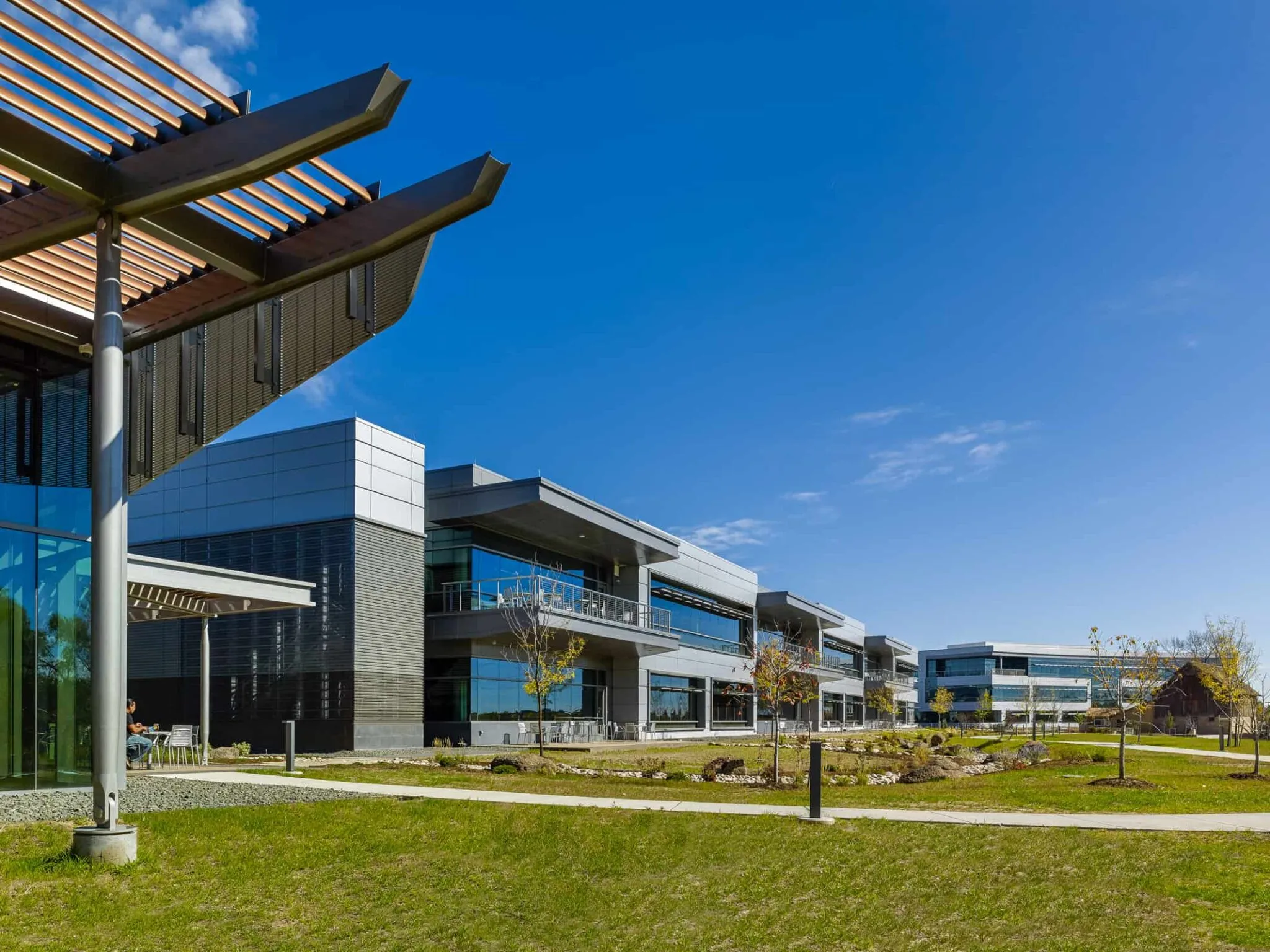Net Zero Cities: Getting Colorado 100% carbon-free
LOVELAND — There are a lot of little things to do to get carbon emissions down. That was the consensus at the Colorado 100 panel at BizWest’s Net Zero Cities conference Wednesday.
The Colorado 100 panel was convened in a similar style to the Los Angeles 100 report released last year. That report included a projection that the city could reach 100% renewable energy use by 2035, and projections on the changing demands caused by electric vehicles and electrified buildings.
Jaquelin Cochran, the National Renewable Energy Laboratory’s director of grid planning and analysis center, collaborated with the city of Los Angeles on the report. Some of the lessons learned from Southern California can be applied to Northern Colorado, but not all regions are created equally.
SPONSORED CONTENT
“Reliability will look differently in different locations,” Cochran said.
The perception of unreliability can kill sustainable projects. Lauren Quillian, environmental policy manager with Xcel Energy, warned that reliability is key to an effective transition.
“Nothing stops this transition faster than a blackout,” Quillian said.
Focusing on the reliability of new grids is vital. While Southern California faces earthquakes that can impact energy transmission, its mild winters mean the area can rely on solar year-round. Quillian brought up Colorado’s cold snaps that can challenge power grids.
“What happens in February when we have that snowstorm and there’s no wind and there’s no sun?” Quillian asked.
Some proposed solutions? Increased usage of hydrogen, geothermal and even nuclear power. Xcel Energy has a goal of using 80% carbon-free electricity by 2030, and 100% carbon-free by 2050.
Christine Berg from the Colorado Energy Office foresees another challenge: increased use of electric vehicles. While they’re a good way to reduce emissions from transportation, they do still need to be charged.
“As we’re greening the grid, we’re also adding more load,” Berg said.
Some of that load can be offset by responsible timing of energy-intensive activities. While charging electric vehicles after sunset could strain a grid that relies on solar power, Cochran points out charging during working hours could ease that load.
“The more you have workplace chargers, where people leave their cars during the day, the more likely you have charging when it’s cheaper,” Cochran said.
One step communities can take to improve their sustainability is to update their building codes to the 2021 International Building Code. This change would ensure new buildings wouldn’t necessarily face the same hurdles as old buildings.
While the homes that were destroyed by the Marshall Fire represent a terrible loss, the new homes built in their place can be better for the environment. Boulder County operates a website offering tools to enable sustainable construction. Berg pointed out that the crisis could be transformed into an opportunity to increase the sustainability of new homes built in the burn scar.
“As tragic as it is, it’s an opportunity to build a really awesome house,” Berg said.
As Colorado begins to feel more effects of climate change, plans to reduce emissions and build a zero-carbon future will become more relevant.
LOVELAND — There are a lot of little things to do to get carbon emissions down. That was the consensus at the Colorado 100 panel at BizWest’s Net Zero Cities conference Wednesday.
The Colorado 100 panel was convened in a similar style to the Los Angeles 100 report released last year. That report included a projection that the city could reach 100% renewable energy use by 2035, and projections on the changing demands caused by electric vehicles and electrified buildings.
Jaquelin Cochran, the National Renewable Energy Laboratory’s director of grid planning and analysis center, collaborated with the city of Los Angeles on…
THIS ARTICLE IS FOR SUBSCRIBERS ONLY
Continue reading for less than $3 per week!
Get a month of award-winning local business news, trends and insights
Access award-winning content today!




